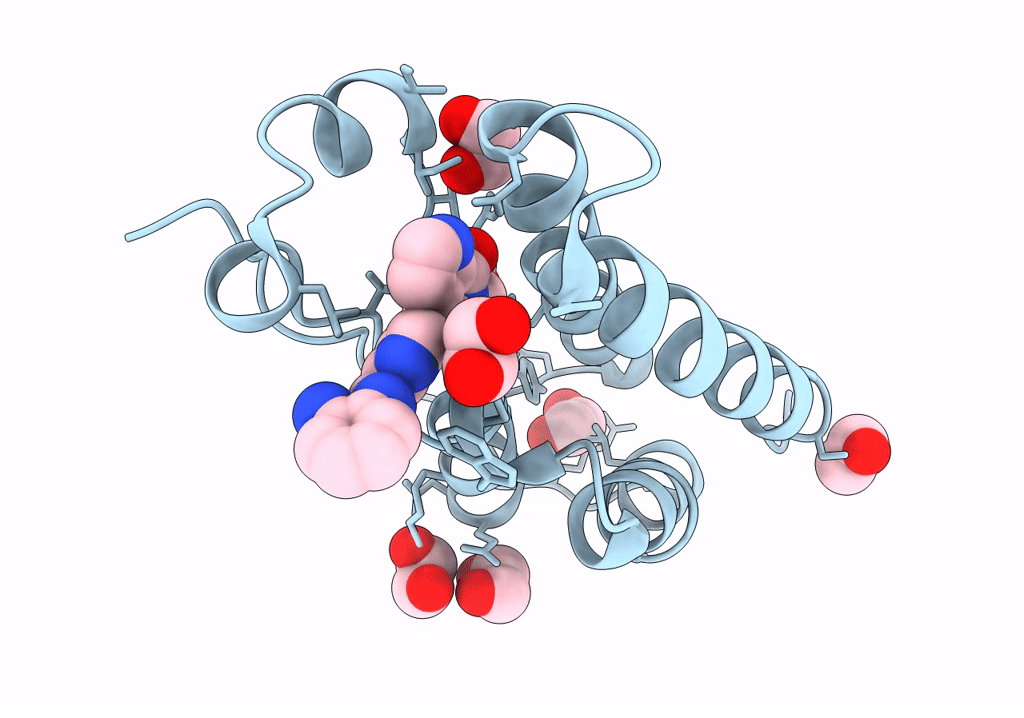
Deposition Date
2023-06-06
Release Date
2023-07-05
Last Version Date
2024-06-26
Entry Detail
PDB ID:
8P9J
Keywords:
Title:
Crystal structure of the first bromodomain of human BRD4 in complex with the dual BET/HDAC inhibitor NB500
Biological Source:
Source Organism:
Homo sapiens (Taxon ID: 9606)
Host Organism:
Method Details:
Experimental Method:
Resolution:
1.42 Å
R-Value Free:
0.20
R-Value Work:
0.17
R-Value Observed:
0.17
Space Group:
P 21 21 21


